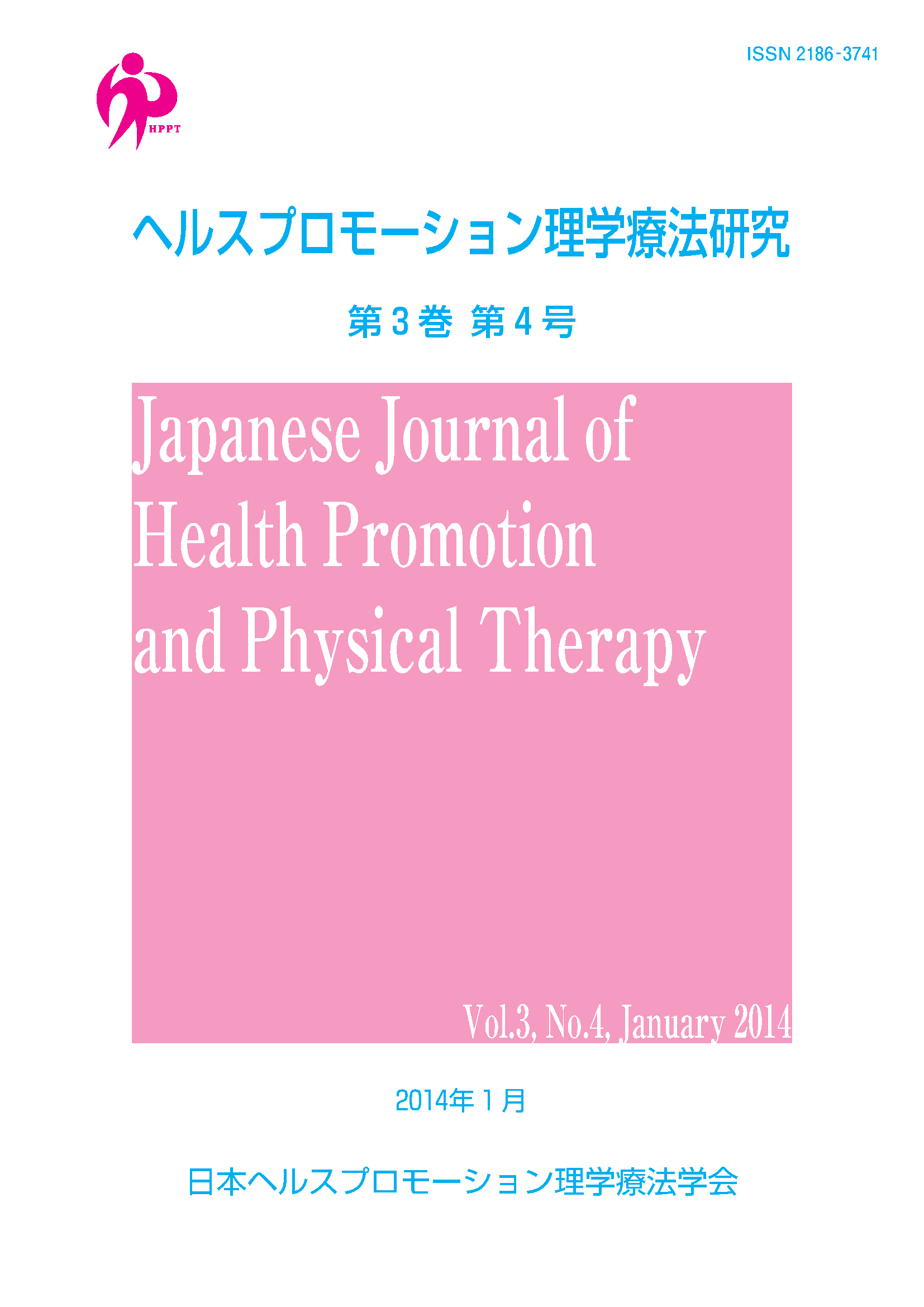Volume 3, Issue 4
Displaying 1-7 of 7 articles from this issue
- |<
- <
- 1
- >
- >|
ORIGINAL ARTICLES
-
2014Volume 3Issue 4 Pages 151-156
Published: January 01, 2014
Released on J-STAGE: March 28, 2014
Download PDF (662K) -
2014Volume 3Issue 4 Pages 157-161
Published: January 01, 2014
Released on J-STAGE: March 28, 2014
Download PDF (396K)
SHORT REPORT
-
2014Volume 3Issue 4 Pages 163-167
Published: January 01, 2014
Released on J-STAGE: March 28, 2014
Download PDF (380K) -
2014Volume 3Issue 4 Pages 169-172
Published: January 01, 2014
Released on J-STAGE: March 28, 2014
Download PDF (356K) -
2014Volume 3Issue 4 Pages 173-176
Published: January 01, 2014
Released on J-STAGE: March 28, 2014
Download PDF (354K) -
2014Volume 3Issue 4 Pages 177-182
Published: January 01, 2014
Released on J-STAGE: March 28, 2014
Download PDF (553K)
FIELD REPORT
-
2014Volume 3Issue 4 Pages 183-187
Published: January 01, 2014
Released on J-STAGE: March 28, 2014
Download PDF (1166K)
- |<
- <
- 1
- >
- >|
